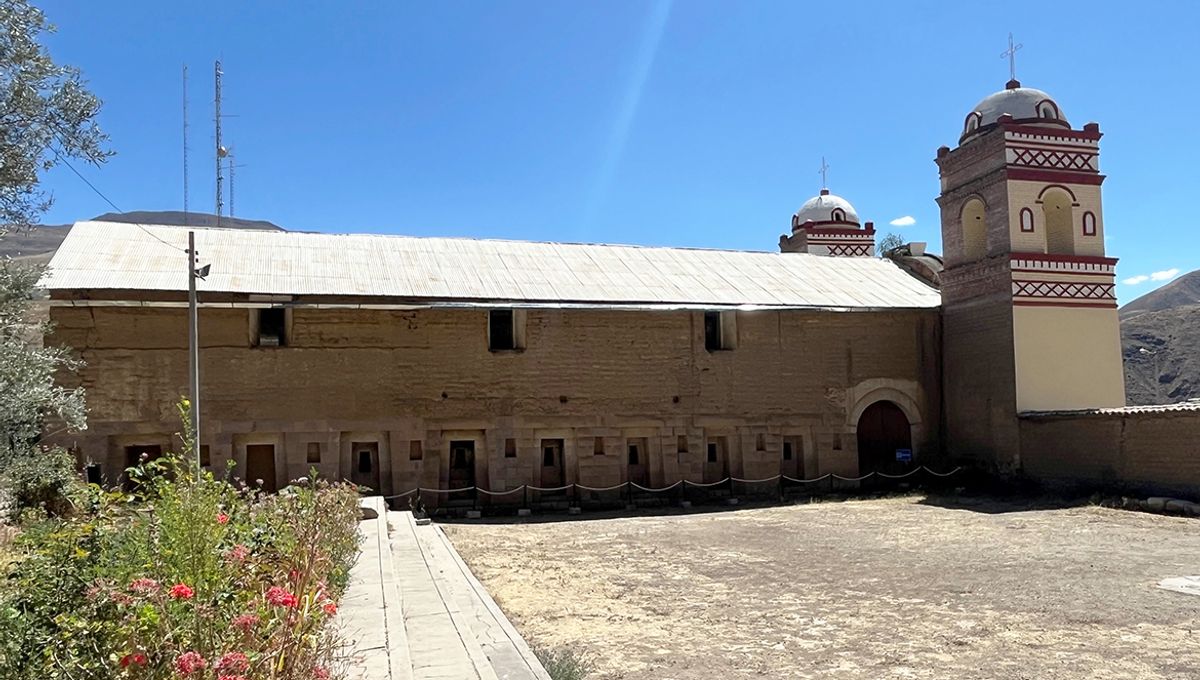
Researchers from the University of California, Los Angeles (UCLA) are studying an Inca building from the mid-15th century that has a peculiar structure. It has three walls and an opening at one end, and they believe it was designed with the specific intention of amplifying sounds.
The rest of this article is behind a paywall. Please sign in or subscribe to access the full content.
The building is known as the carpa uasi, a name that means “tent house”, which is a reference to its open-ended side. It is thought to be the only structure like this in existence, and while known for many years, its potential as a sound amplifier had never been identified until now.
The new work puts forward the hypothesis that the design of the building had specific acoustic properties. The sound of drums, used, for example, to announce the beginning or end of a battle, would flow out of the open end of the carpa uasi amplified.
“We’re exploring the possibility that the carpa uasi may have amplified low-frequency sounds, such as drumming, with minimal reverberation,” research lead Stella Nair, a UCLA associate professor of art history, said in a statement. “With this research, for the first time, we’ll be able to tell what the Incas valued sonically in this building.”
The structure in its original form was originally less stable than it is today. When the Spanish invaded the Inca Empire, they turned this structure into the base for a church. The team is using both hand drawings and 3D models to reconstruct what the structure, located in Huaytará, Peru, looked like previously, and how sound might have traveled through it.
“Many people look at Inca architecture and are impressed with the stonework, but that’s just the tip of the iceberg,” Nair said. “They were also concerned with the ephemeral, temporary and impermanent, and sound was one of those things.
“Sound was deeply valued and an incredibly important part of Andean and Inca architecture — so much so that the builders allowed some instability in this structure just because of its acoustic potential.”
The collaboration to understand this building and its function is interdisciplinary with archaeology and music experts, and also international, including a local Peruvian archaeologist and the priest of the Church of San Juan Bautista, which sits above the carpa uasi.
“We’re learning that sound was incredibly important from the earliest cities on, dating back several thousand years B.C.,” said Nair, who is working on her third book about Andean (in and around the Andes mountains) architecture. “Builders were incredibly sophisticated with their aural architecture, and the Incas are one part of this long, sophisticated tradition of sonic engineering.”
Source Link: This 600-Year-Old Inca Building Was Designed For An Incredible Acoustic Reason